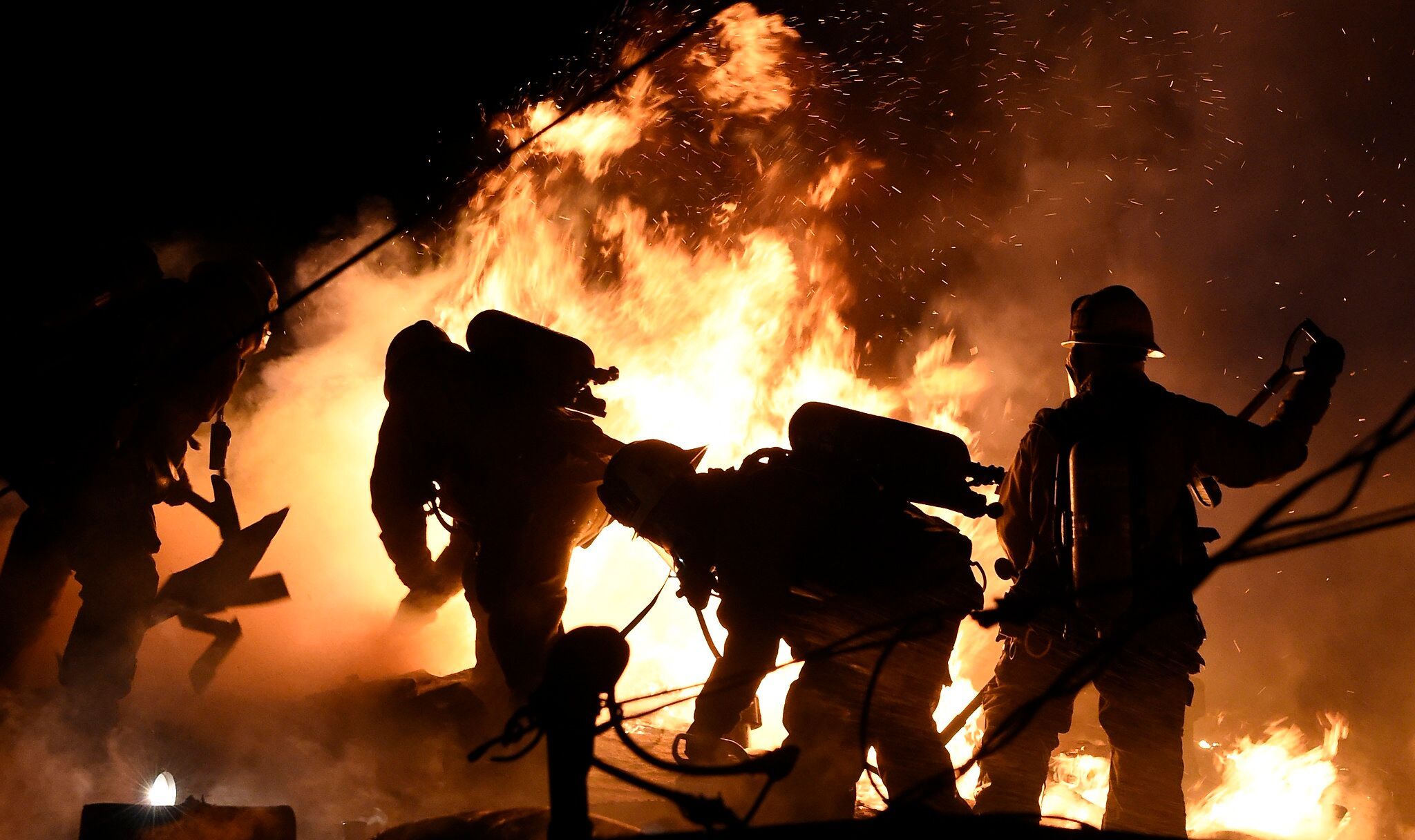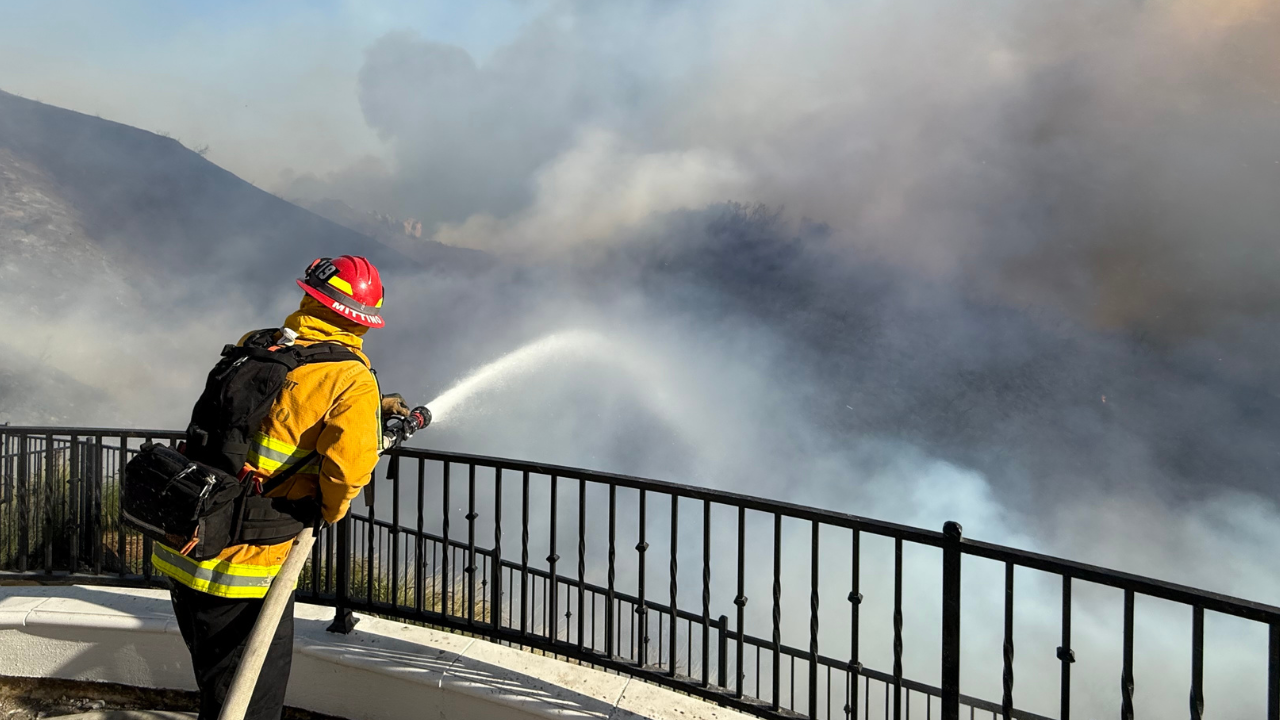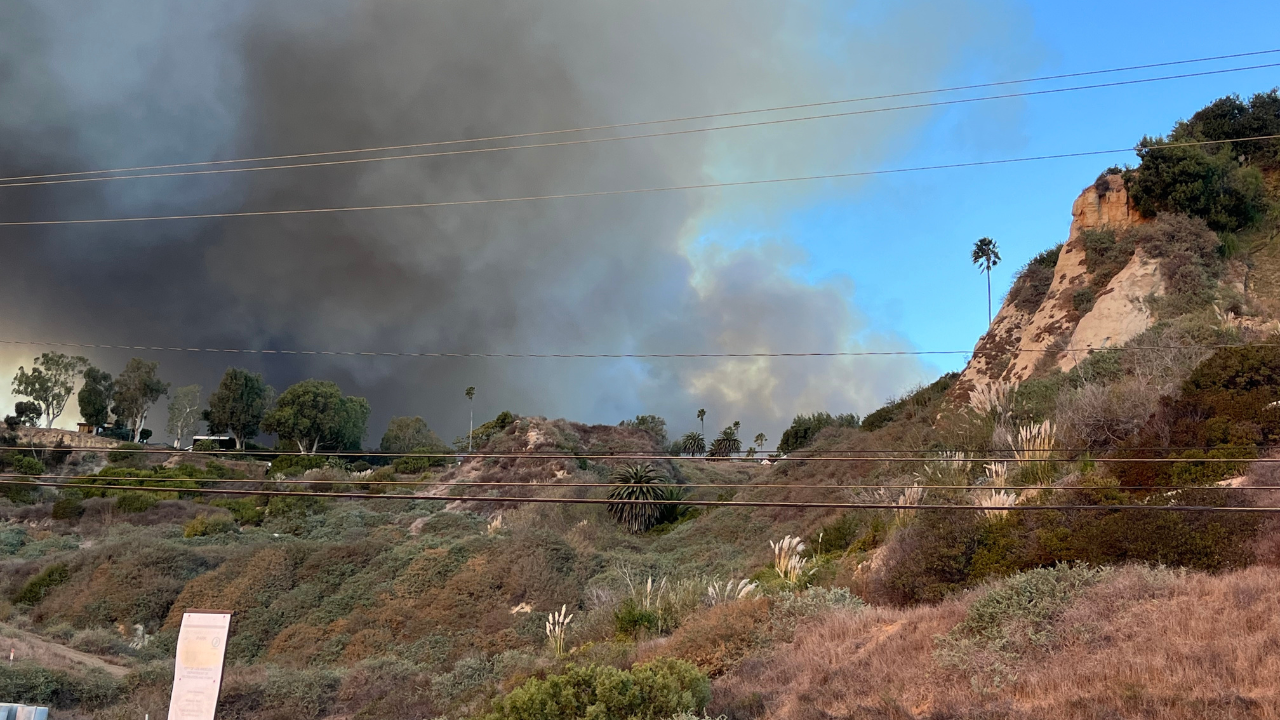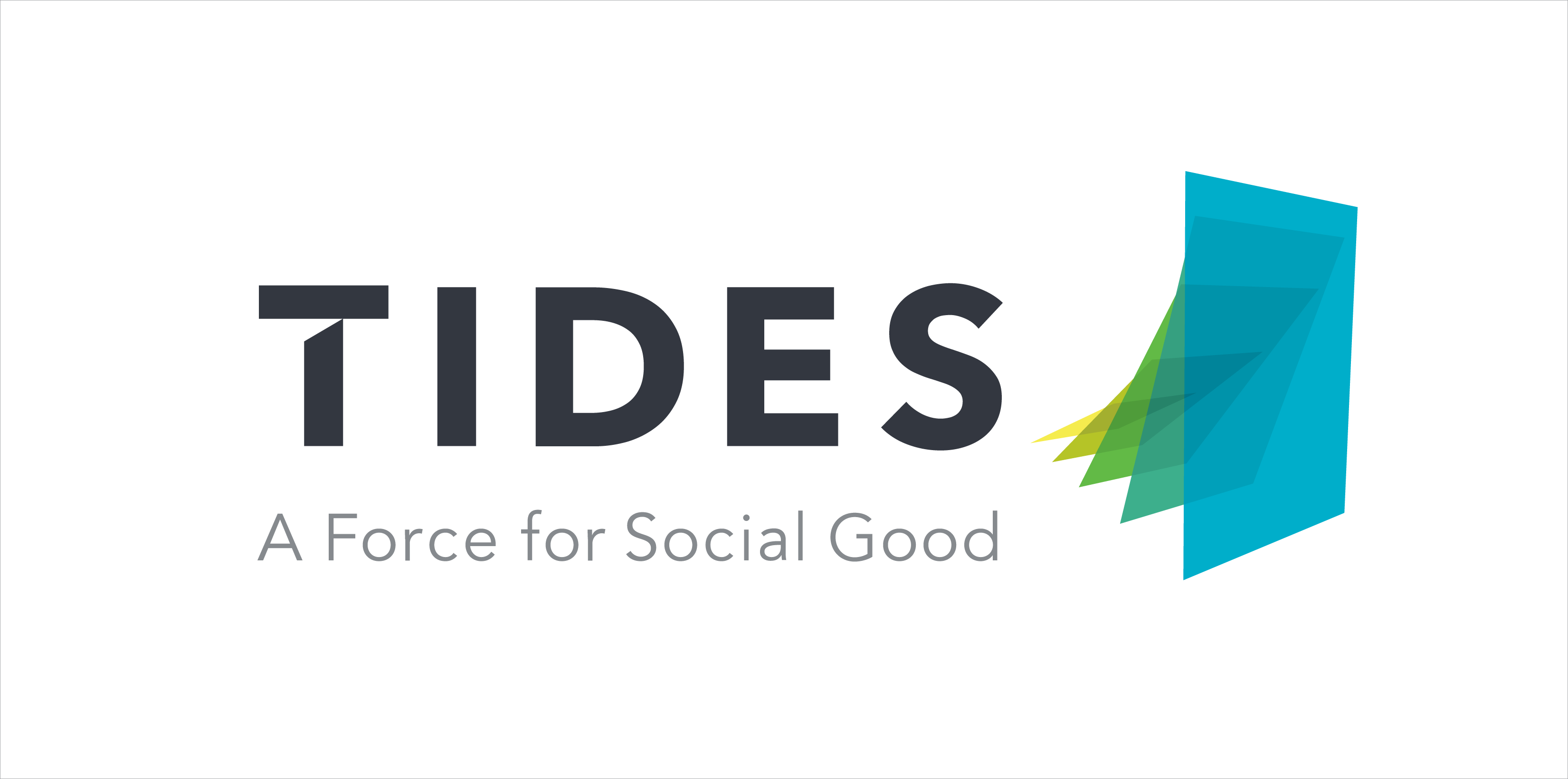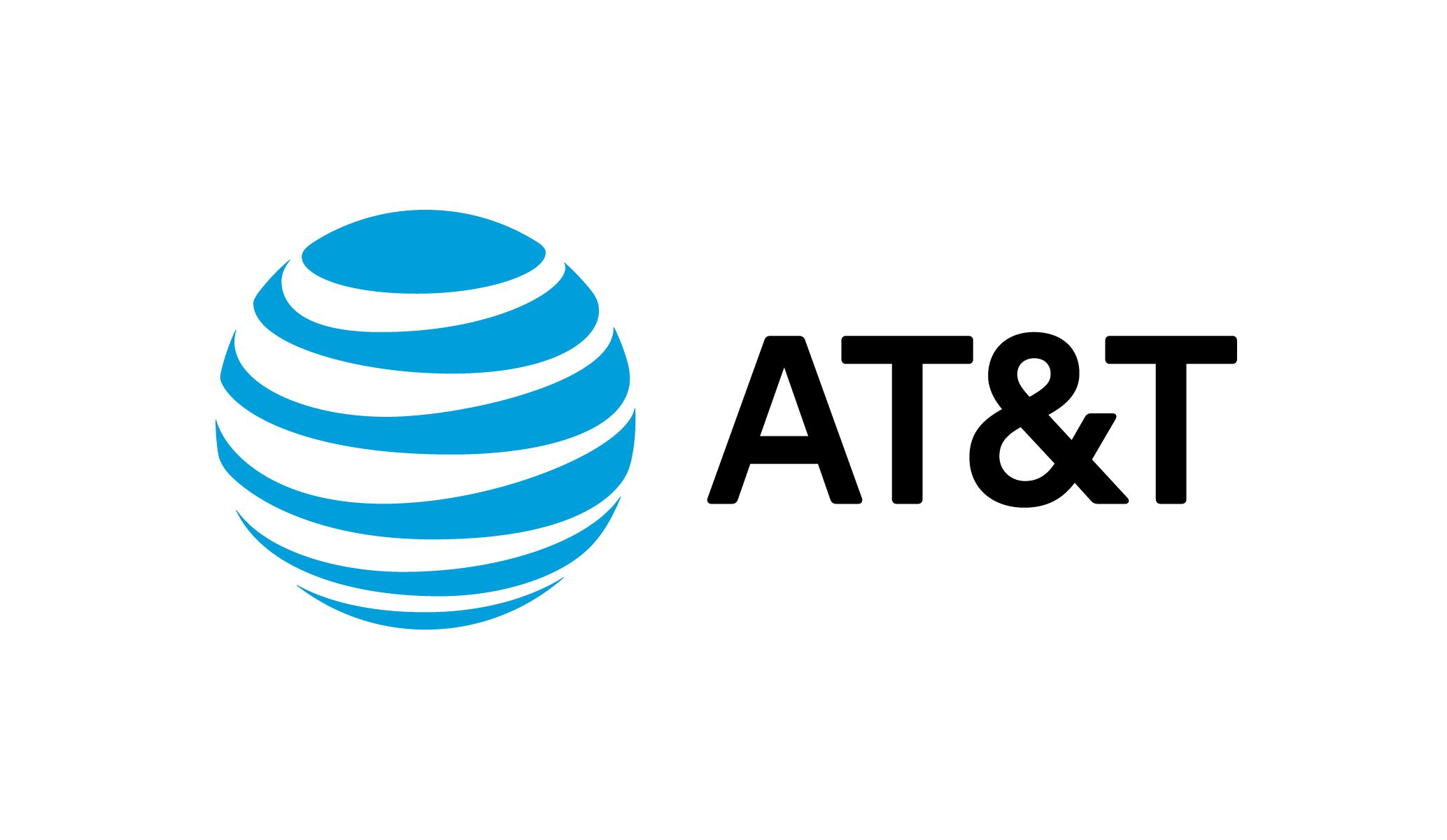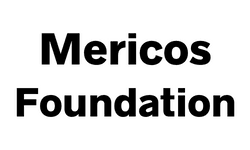
Los Angeles Fire Department (LAFD) Captain Jeffrey Brown, who works at LAFD Fire Station 69 in the heart of the Pacific Palisades, was performing routine operations along the Pacific Coast Highway with his members the morning of January 7, 2025.
“Let’s be vigilant today,” Captain Brown had said to his crew just hours before the Palisades Fire erupted.
“I could have never imagined what the next 24 hours would have in store,” he reflected.
Shortly after seeing the first whiffs of smoke and receiving their official assignment from Dispatch, Captain Brown and his crew headed up Palisades Drive, the two-mile road that navigates through the Pacific Palisades. They were responding to the Palisades Highlands, a portion of the community tucked higher up on the mountain where the fire began.
The crew from Fire Station 69 stayed in the Pacific Highlands, fighting the fire for several hours before being sent off to their next assignment. The fire had moved on, and they left the neighborhood with zero houses burned.
As day progressed into night, the wind shifted dramatically, with gusts increasing as night encroached. The wind-driven blaze moved erratically, with no clear path or direction. Ember cast, a phenomenon where embers from a fire are carried several miles away from their source by high winds, enhanced the destruction.
This was the unfortunate case for the Pacific Highlands neighborhood. Over the next ten hours, the fire crept back up the hill opposite where firefighters had been working. More than 200 homes were destroyed, the same area that Fire Station 69’s crew had spent hours protecting earlier that day. In fact, 95% of the homes that they worked tirelessly to defend later burned down when the wind drastically changed direction.
An elderly couple in their 90s, whom Fire Station 69 knew well, lost their home of 62 years – one of many stories of unimaginable loss for both the firefighters and the communities that they serve and know intimately.
Captain Brown, with 38 years of firefighting experience and 36 and a half years on the LAFD, was no stranger to wind-driven brush fires and how they can impact communities. But he had never seen this type of high-velocity wind before.
From his experience, Captain Brown described “strong” Santa Ana winds as reaching 50 miles per hour (mph), averaging about 30-40 mph during a typical season. But the winds that the firefighters faced in early January reached upwards of 80 to 100mph.
The Palisades Fire was unique, as was the behavior of the wind that made it so. “We’ve never been in a fire hurricane before,” Captain Brown said, “and that’s what this was.”
Captain Brown and his crew reflected on the significant amount of heat, the result of multiple structures burning at once. He recalled volleyball nets at the beaches down the mountainside along the Pacific Coast Highway, more than a quarter of a mile away, melting without the impact of direct flames. “It was an amazing amount of heat,” Captain Brown emphasized, “blowing all the way down to the beach.”
“We take a lot of pride in protecting our communities.” But for himself and his crew, the Palisades Fire was an indescribable loss – one that’s been hard to accept for the firefighters who were embedded in the Pacific Palisades before, during, and after the destruction.
What’s bringing some semblance of peace is the attitudes of those who lost everything. Captain Brown shared that community members continue to express their gratitude and thanks to the firefighters for what they were able to save, despite their grappling with feelings of not having done enough.
Captain Brown emphasized that Fire Station 69’s doors are open, and they will continue to serve their community.
“We’re still here,” he emphasized.
“We’re a resilient group, but we don’t forget,” Captain Brown emphasized.

